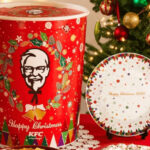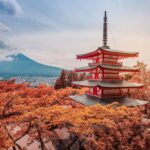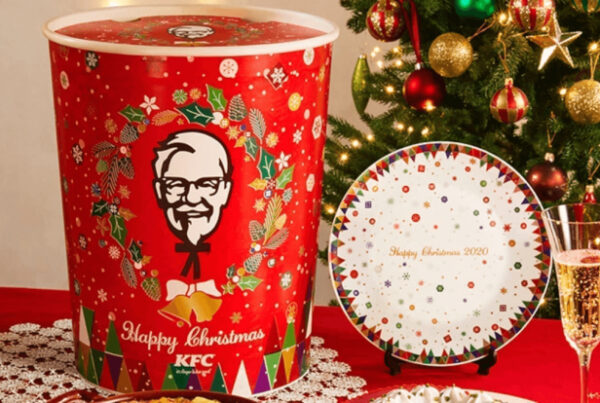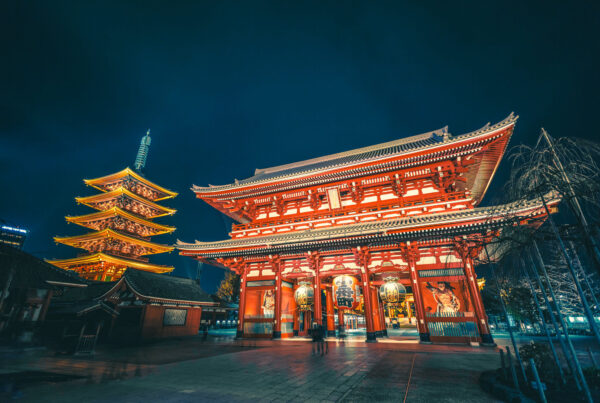As the months grow increasingly colder, you really have only two options: stay inside and protect yourself from the elements, or venture out in search of a different kind of warmth. Sake is Japan’s national beverage and nowhere is there a more attractive offering of this delicious drink than the prefecture with some of the purest water and finest rice: the snow country of Niigata. It should come as no surprise that as the white flakes pile up, so does the crowd at the legendary sake museum Ponshukan.
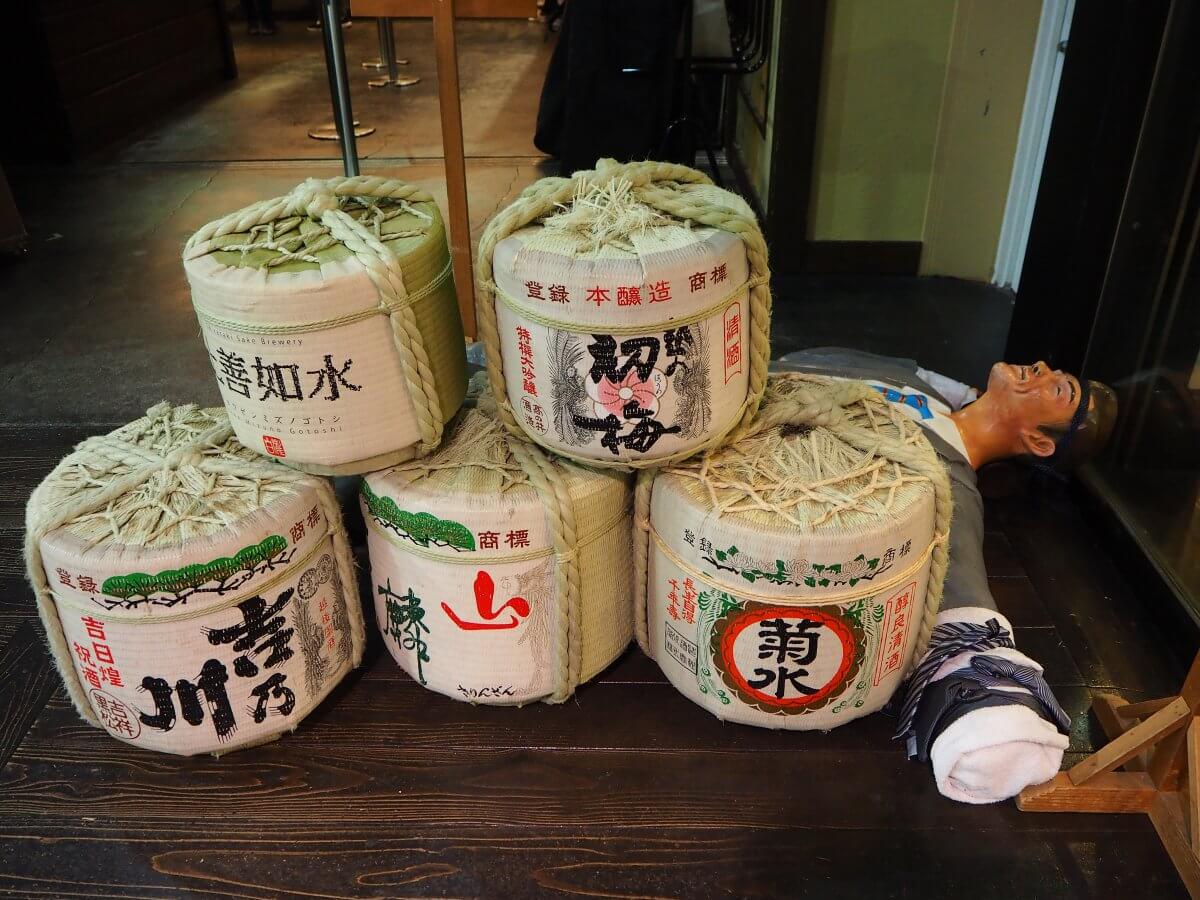
Ponshukan’s website presents an apt metaphor. When one thinks of wine, your thoughts drift to Burgundy in France, or Tuscany in Italy. Likewise, the old province of Echigo was synonymous with sake. Now, Niigata prefecture carries the torch for this cherished tradition and has three establishments in Niigata City, Echigo-Yuzawa and Nagaoka that offer visitors a truly memorable experience
Technically, it’s a”museum”, but what it really is is an opportunity to branch out of your comfort zone and experience exotic flavors, local foods and a history that has endured for hundreds of years. Outside of Hyogo and Kyoto, Niigata is the third largest sake producer in Japan, but by far the most renowned. By using soft water with a low mineral content, the resulting taste is said to be a refreshingly dry finish. Professional Niigata toji, or master brewers, have perfected the Niigata taste with over 129 representative brands of sake on display for both connoisseur and amateur alike.
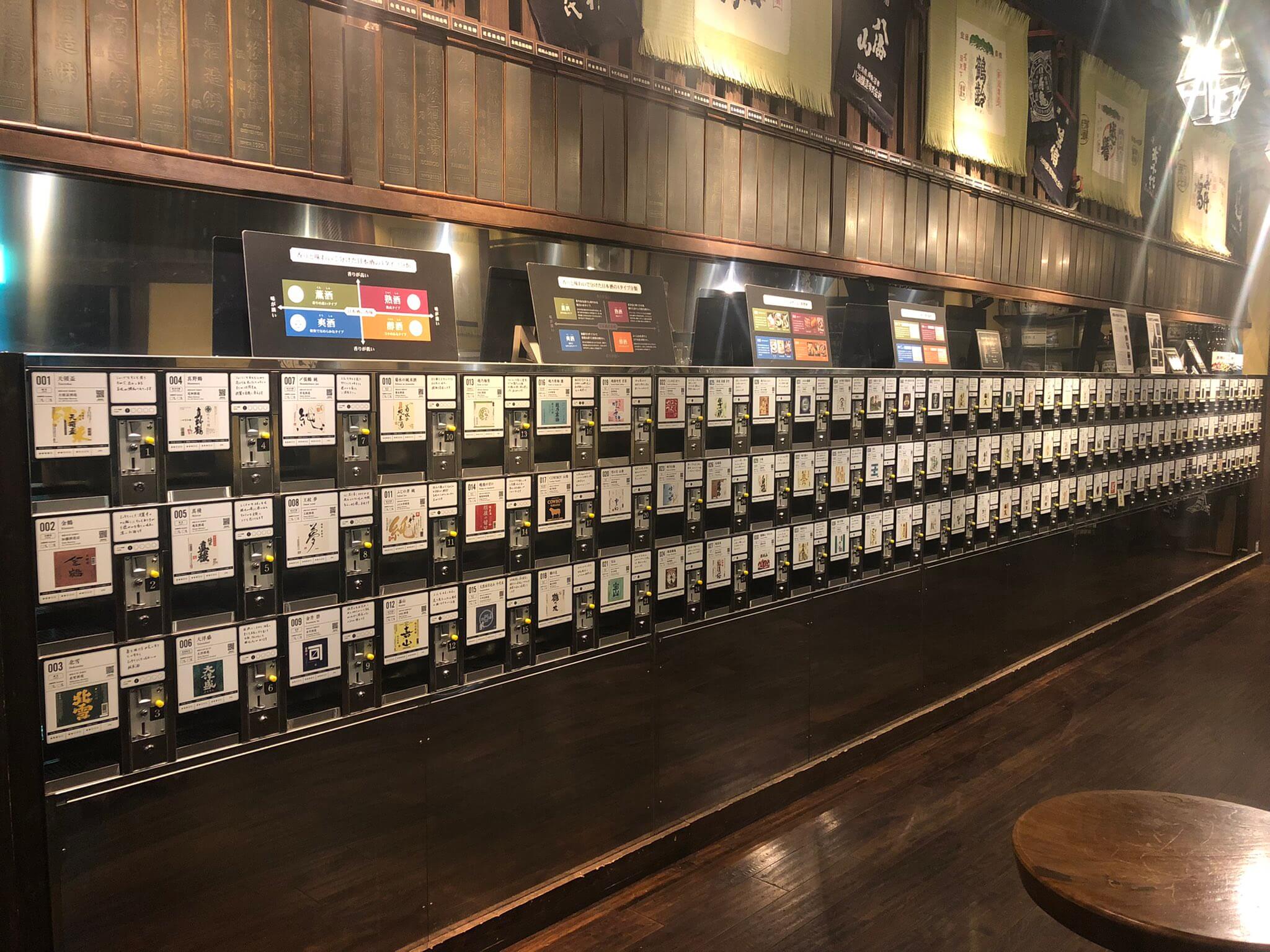
Here’s how it works: for just 500 yen, you receive your official sake cup and five coins that enable you to sample five different types of the plethora of drinks that await your taste buds. However, due to the modest size of the glass, this seemingly plentiful bounty of cash will soon disappear. In order to maximize your time—and due to the sheer scope of the options—it may pay to consult one of the many experts hovering around the museum and ask for suggestions. God knows they’ve tasted more than a few samples in their lives and have the otherworldly ability to match your desired preference with the ideal sake. As a word to the wise and as painful as it may sound, it may prove a worthy investment to purchase one of the many elongated cucumber sticks, as they serve as a homeopathic deterrent for hangovers and sickness.
Elsewhere, you’ll find a selection of local goods that are indicative of Niigata’s chief offering: rice. Massive onigiri dubbed as “bomb rice balls” are sold and can be consumed all at once, or slowly at one of the many tables that populate the area. Moreover, side dishes that happily compliment the drinking experience abound: rice crackers, pickles, pasty kamaboko, soy sauce and sweets. For lovers of rice products in general, it is a haven of souvenirs that will warm the hearts of any recipient, regardless of their pensent for alcohol.
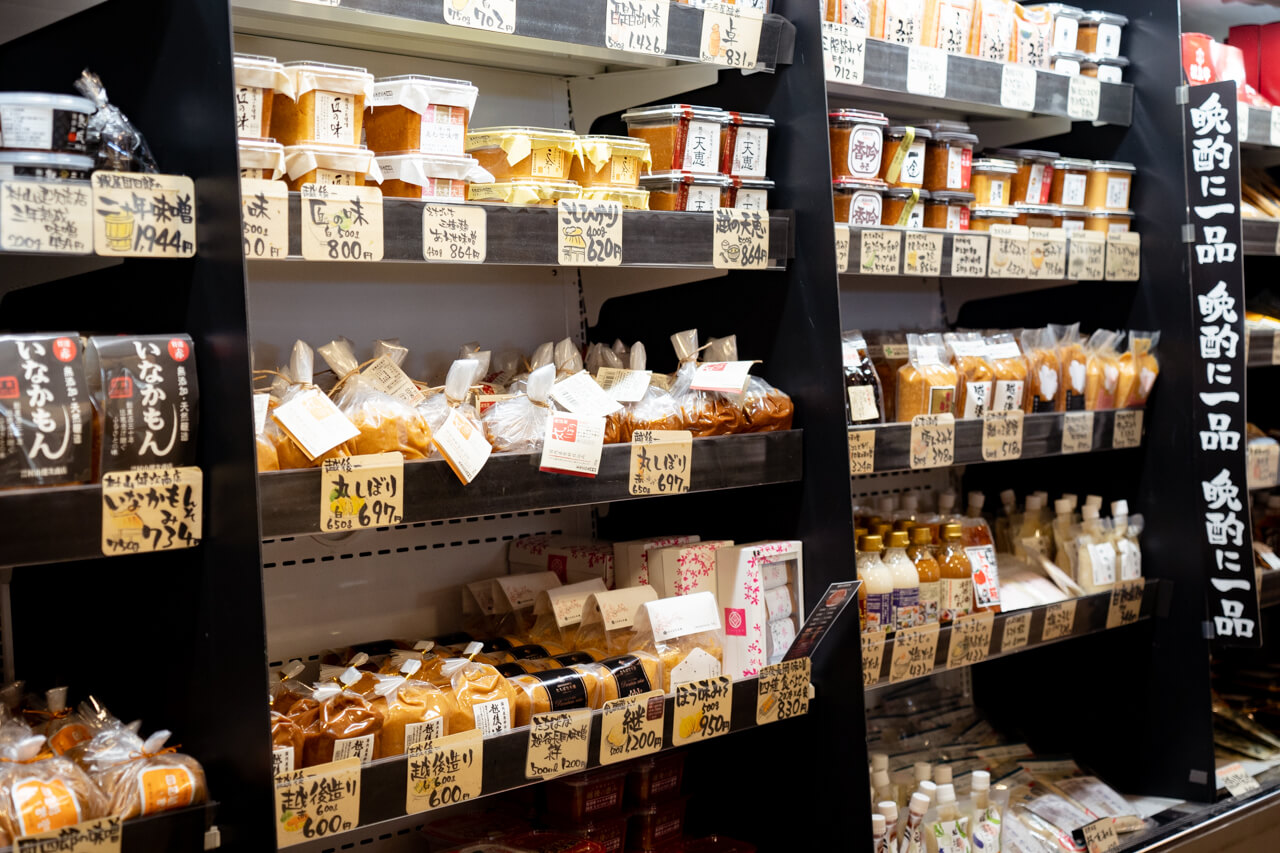
As the museums are conveniently located at main train hubs throughout Niigata, it also makes sense that baths are offered to relieve travelers’ weary legs. What may not be expected though is that a bath of sake awaits those exhausted customers. Located at the back of the Echigo-Yuzawa branch, you can immerse yourself in a slimy soft onsen while you wait for your shinkansen. The smell of the sake blends nicely with the opaque water, allowing your troubles to melt away.

Ponshukan may be a bit off the beaten path, but like most things, it is worth it in the end. The museums serve a variety of purposes, most notably to supply an inviting atmosphere to spend time in, to educate the general public on what Niigata has to offer and, perhaps most importantly, to give shelter to those looking to warm up. This winter, hop on the Shinkansen, or local train, and make the trek to one of these alcoholic havens if nothing more than to learn a thing or two, and at best, brave January’s chill with a newfound warmth in your bones.

Josh Furr
Joshua first came to Japan with his family over 10 years ago and it completely ruined his life (in the best of ways). When he’s not trying to pass the JLPT, he’s researching Japanese history, enjoying 80s J-Pop and dreaming of 牛丼. He’s currently writing, writing, writing…mostly about Japan and video games.



